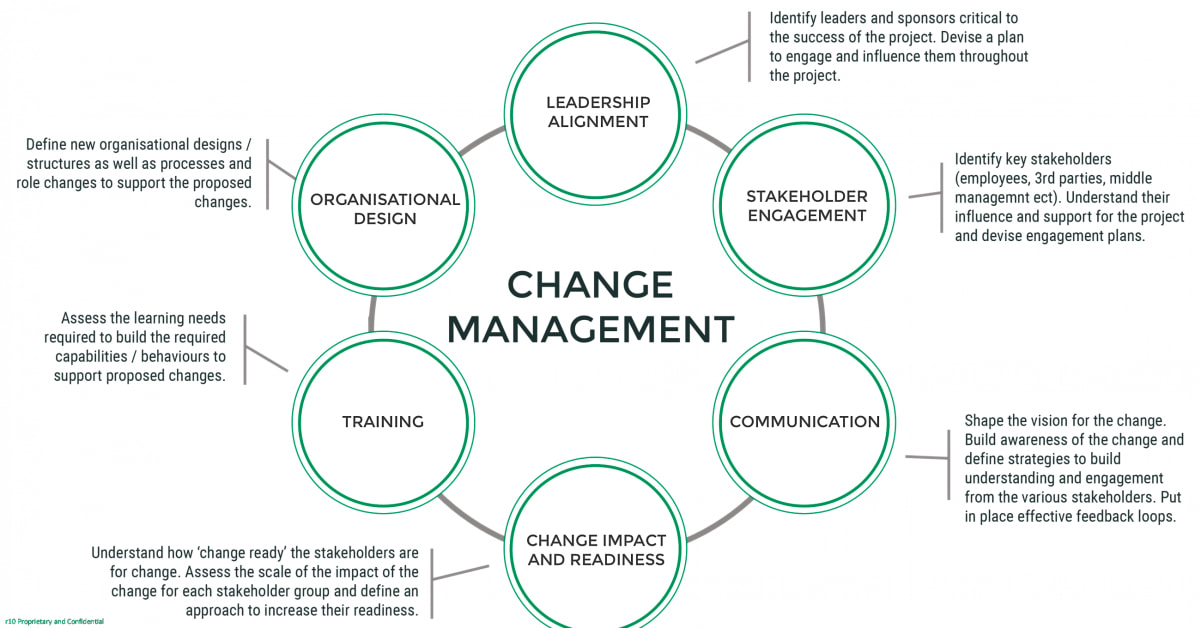In today’s fast-paced business world, it is crucial for companies to constantly analyze and optimize their processes in order to stay competitive. This is where ‘as-is’ and ‘to-be’ process mapping come into play. These are two essential tools used in business consulting to gain a thorough understanding of an organization’s current processes and identify areas for improvement. In this article, we will delve into the importance of ‘as-is’ and ‘to-be’ process mapping, and how it plays a vital role in business planning and analysis as well as business process analysis and optimization. By the end of this article, you will have a clear understanding of how these tools can benefit your organization and how to effectively implement them. So let’s dive in and learn more about ‘as-is’ and ‘to-be’ process mapping.
Welcome to our guide on understanding the importance of ‘As-is’ and ‘To-be’ process mapping for business consulting. In today’s fast-paced business world, it is essential for companies to constantly review and optimize their processes in order to stay competitive. This article will cover all you need to know about ‘As-is’ and ‘To-be’ process mapping, including its benefits and how it can help improve your business strategies.
First, let’s define what ‘As-is’ and ‘To-be’ process mapping is. These are two methods used in business consulting to analyze and improve a company’s current processes (As-is) and design new and improved processes (To-be). Through this process, consultants are able to identify inefficiencies, redundancies, and bottlenecks in a company’s operations. By understanding the current state of a business, consultants can then recommend changes and improvements that will lead to a more efficient and effective future state.
The As-is process mapping involves analyzing the current processes of a company. This includes identifying all the steps involved in a particular process, the people responsible for each step, and any tools or systems used. By mapping out the current state, consultants can gain a better understanding of how the company operates and where there may be room for improvement.
The To-be process mapping, on the other hand, focuses on designing new and improved processes for the future state of the company. This involves brainstorming with key stakeholders and considering factors such as technological advancements, market trends, and customer needs. The goal is to create a more streamlined and efficient process that will help the company achieve its goals.
So why is ‘As-is’ and ‘To-be’ process mapping important for business consulting? Well, for starters, it allows consultants to have a clear understanding of the current state of a company’s processes. This enables them to identify any inefficiencies or bottlenecks that may be hindering the company’s growth and success. By having a thorough understanding of the current processes, consultants can then make informed recommendations for improvement.
Additionally, ‘As-is’ and ‘To-be’ process mapping helps to align the company’s processes with its overall business strategy. As businesses constantly evolve and adapt to changes in the market, it is essential for their processes to also evolve. By mapping out the current state and designing a future state, consultants can ensure that the company’s processes are aligned with its goals and objectives.
In conclusion, ‘As-is’ and ‘To-be’ process mapping is a crucial aspect of business consulting. It allows consultants to gain a thorough understanding of a company’s processes and make informed recommendations for improvement. By aligning processes with business strategy, companies can become more efficient, effective, and competitive in today’s fast-paced business world.
How it Can Help Optimize Your Business Processes
Process mapping is an essential tool for business consulting, allowing companies to analyze and improve their existing processes. It involves creating two maps: the ‘As-is’ map, which shows the current state of the process, and the ‘To-be’ map, which outlines the desired future state.
By comparing these two maps, businesses can identify inefficiencies and areas for improvement. This helps to streamline operations, reduce costs, and increase overall efficiency.
One of the key benefits of process mapping is that it provides a visual representation of the entire process. This makes it easier for stakeholders to understand and identify potential roadblocks or bottlenecks. It also allows for a more collaborative approach to process improvement, as all parties involved can provide input and suggestions.
Furthermore, process mapping helps businesses to identify redundancies and unnecessary steps in their processes. By eliminating these inefficiencies, companies can optimize their processes and save valuable time and resources.
Another important aspect of process mapping is its ability to identify opportunities for automation. As technology continues to advance, more and more processes can be automated, freeing up employees’ time for more value-added tasks. Process mapping allows businesses to identify which processes can benefit from automation, leading to increased productivity and cost savings.
By implementing ‘As-is’ and ‘To-be’ process mapping, businesses can gain a deeper understanding of their operations and make informed decisions for improvement. It provides a comprehensive overview of the company’s processes, allowing for targeted improvements and increased efficiency. In today’s competitive business landscape, optimizing processes through process mapping is crucial for long-term success.
Benefits of ‘As-is’ and ‘To-be’ Process Mapping
Process mapping is a crucial tool for businesses looking to improve their operations and stay ahead in today’s competitive landscape. It involves creating visual representations of current and future processes, known as ‘As-is’ and ‘To-be’ maps. These maps provide a clear understanding of how processes are currently being carried out and how they can be improved in the future.
The benefits of ‘As-is’ and ‘To-be’ process mapping are numerous. First and foremost, it allows businesses to identify inefficiencies and bottlenecks in their current processes. By clearly visualizing each step in a process, companies can pinpoint areas that are causing delays or hindering productivity. This knowledge is essential for streamlining operations and increasing efficiency.
Moreover, ‘As-is’ and ‘To-be’ process mapping can help businesses identify redundant or unnecessary steps in their processes. By eliminating these, companies can save time, resources, and ultimately reduce costs. This not only improves the bottom line but also creates a more streamlined and effective workflow.
Another key benefit of process mapping is that it helps businesses identify opportunities for automation. In today’s digital age, automating repetitive tasks can greatly increase efficiency and free up employees to focus on more complex and value-adding work. By understanding the current and future state of processes, companies can identify which tasks can be automated for maximum impact.
Furthermore, ‘As-is’ and ‘To-be’ process mapping promotes collaboration and communication within an organization. By involving employees from different departments in the mapping process, businesses can gain valuable insights and perspectives from those who are directly involved in carrying out the processes. This promotes a culture of continuous improvement and empowers employees to contribute to the success of the company.
In conclusion, the benefits of ‘As-is’ and ‘To-be’ process mapping cannot be overstated. It is a powerful tool for businesses to gain a deep understanding of their processes and make data-driven decisions for improvement. By identifying inefficiencies, eliminating redundancies, and promoting collaboration, process mapping can help companies stay competitive and achieve their goals in today’s rapidly changing business landscape.
In conclusion, ‘As-is’ and ‘To-be’ process mapping is an essential tool for any business looking to improve their processes and strategies. By analyzing the current state of a company and designing a more efficient future state, businesses can see significant improvements in their operations and ultimately, their bottom line. If you are considering business consulting services, be sure to ask about ‘As-is’ and ‘To-be’ process mapping to see how it can benefit your business.





